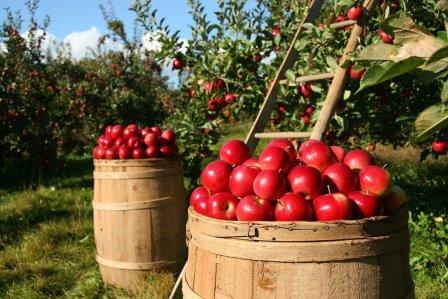Agricultural Insurance | Meaning, Importance, Types, Risks, Problems & Terminologies
MEANING OF AGRICULTURAL INSURANCE Agricultural insurance refers to a type of insurance policy that provides compensation to farmers for losses they may incur. It safeguards against various risks, such as crop damage caused by natural disasters like hail, drought, floods, or decreases in agricultural commodity prices, which can lead to revenue loss. The significance of […]
Agricultural Insurance | Meaning, Importance, Types, Risks, Problems & Terminologies Read More »
